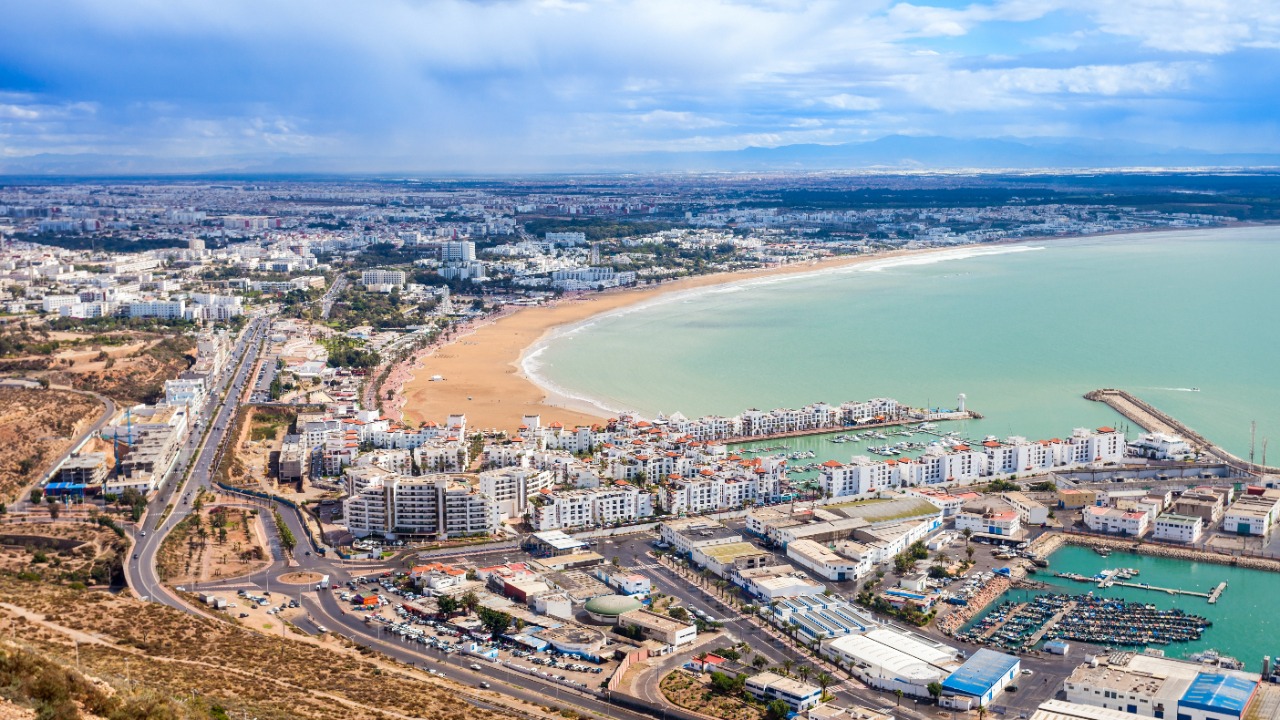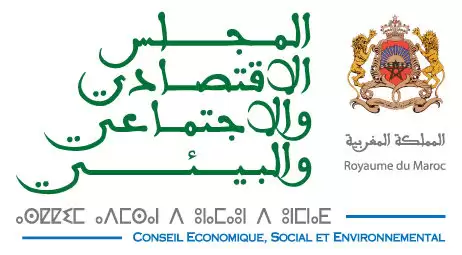
The Economic, Social and Environmental Council (CESE) has launched an own-initiative opinion at the heart of which is the research question: “What Urban Development Schemes for a Sustainable Coastal Zone Spatial Planning and Management?” The Council addresses the question of an ecosystem where lives over half of the country’s population, a thriving hub concentrating a variety of associated structures and activities.
Synthesis
The Economic, Social and Environmental Council (CESE) has launched an own-initiative opinion at the heart of which is the research question: “What Urban Development Schemes for a Sustainable Coastal Zone Spatial Planning and Management?” The Council addresses the question of an ecosystem where lives over half of the country’s population, a thriving hub concentrating a variety of associated structures and activities.
It should, however, be noted that Moroccan coastal line is increasingly being subjected to a myriad of stresses and shocks induced by rampant urbanization threatening to affect its ecological balance and undermine its ability to contribute to sustainable, resilient development.
Being aware of the worrisome and even alarming picture of the current state of the coastline, the public authorities have put in place a legal and institutional framework featuring Law no. 81-12 on the Coastline Zone (2015) and the National Integrated Coastal Management Plan (NLP), with the objective to align with the country’s international commitments.
The safeguard measures embedded in this framework have not yet had any significant impact on the management and sustainable development of the coastline. Not only is this because of the excessive amount of legislative and regulatory instruments about this zone, but also because there is little or no aspect of coherence between coastal legislation and urban planning instruments and documents. These two factors, coupled with the multiplicity of stakeholders in this area, complicate and render less effective any coastline governance model for the coastline zone.
Worse even, placing state-owned maritime public domain property at the disposal of investors to develop new housing opportunities is evidently yet another major impediment to the optimum urban planning of the area. The spatial structure along the coastline is quite fragmented and does not readily allow for integrated, value-added investment activities.
The result is a coastal line already stressed by the misuse of certain segments of this area, along with less controlled urban sprawl, particularly on the shores. Add to this the acceleration rate of several other phenomena, namely pollution, coastal erosion, overexploitation and illicit use of resources (plundering of sand), alteration of landscapes, etc.
So, it clearly is crucial that a joint comprehensive vision be rolled out as a prerequisite for any effective effort to reconcile the desired objectives and the established practices. This will sure provide a solid ground that will help provide innovative solutions tailored to meet the urban planning and development needs in the area.
Against this backdrop, the Council is advocating for a sustainable development of the coastline, built on a controlled urban planning that combines development and the safeguard and promotion of this ecosystem. The operationalization of this vision will help significantly cushion the growing pressures on this vulnerable ecosystem, build up its resilience and increase the effectiveness of environmental rights. The section below outlines a range of key measures that are recommended to achieve these objectives:
- Ensure the proper and effective application of the provisions of Law 81-12 on the Coastline Zone (2015), such as through the implementation of existing coastal-specific planning instruments (PNL) and the development of Regional Coastal Schemes (RCS).
- Bring into harmony and conformity with the Law on the Coastal Zone these documents: 1) land-use documents (the National Land-use Planning Scheme “SNAT”, the Regional Land-use Planning Scheme “SRAT”, the Master Plan of Urban Planning “SDAU”, and the Land-use Plan “PA”); 2) territorial planning programmes (including the Regional Development Plan “PDR”, the Municipal Action Plan “PAC”; and 3) sectoral policies.
- Grant municipalities decision-making authority in matters of land-use, urban planning and the design of planning documents, in keeping with the principles of local democracy and decentralization.
- Rethink coastal zone governance and management for stronger interinstitutional coordination. For certain specific coastal areas, coordination between relevant stakeholders can be assigned to special agencies. A case in point is the Marchica Lagoon (northeast of Morocco) Agency.
- Produce a new generation of planning documents built on an approach comprising the following aspects:
- Conducting scientific studies and materializing integrated coastal zone management standards.
- Bringing the civil society and the population to bear in all stages of the process, through field studies, surveys, opinion polls and public meetings.
- Establish innovative and sustainable financing mechanisms to facilitate the implementation of planning and urban documents, such as through:
- Working out a formula for sharing real estate surplus-value (resulting both from land development and equipment and from land use) among landowners, local authorities and land developers.
- Establishing a compensation system for certain types of damage to the coastline, such as through post-operational repair or sustainable restoration works.
- Regularize the construction of buildings on the maritime public domain or in the strip (immediate hinterland) where construction is legally prohibited 100 meters inwards into land from the coastline. This requires a reform of the current legal framework relative to the temporary authorization to occupy the State’s public domain.
This opinion is based on a participatory approach with broad-ranging debate and consultations among interdisciplinary Council team members. It also builds on findings from a series of hearings involving key stakeholders across the board. A consultation was also released, via the Council’s online participatory platform “ouchariko.ma”, seeking views and feedback of a broader range of the population.
Respondent citizens have expressed great interest in the sustainable urbanization of the coastline, in combination with spatial planning. The Council’s opinion ends with conclusive remarks and recommendations, informed by consultation data.
